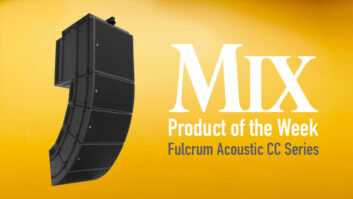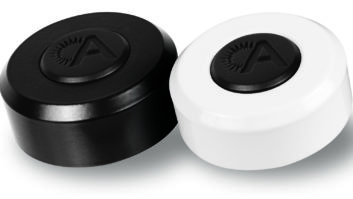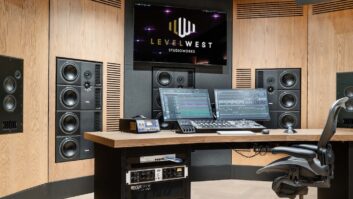Most of us took some kind of first-aid class, where we learned about applying direct pressure to a deep cut and whether we should put ice or heat on a bad sprain. But what happens when you’re working in the studio and your mixes don’t sound right: too bass heavy, too shrill or with vocals that are too loud or too soft? You could immediately call in some master acoustician to revamp the facility, but that might be like going to the emergency room for a zit, which is only permissible in the case of teenagers on prom night.
Assuming that you’re not mixing on consumer speakers, your monitors are decent (a pretty big assumption) and you can actually hear (perhaps an even bigger assumption), the problem is most likely your mix environment. Unfortunately, your room can’t tell you when it’s sick, but before you call in the pros, here are some things to check out first.
The speakers are the heart of the matter, so make sure they’re working properly. In a three-way system, a couple of blown tweeters won’t be so obvious to the casual listener, but will definitely lead to overly bright mixes as you try to compensate for the “dullness” in your tracks. Also, make sure that the speakers are appropriate to the space: Huge monitors can easily overwhelm a small room. And beware of the “near-field myth”: an urban audio legend that states that when listening to small speakers, the acoustics of the room are unimportant. True, the room effect is greatly diminished when listening in the near-field, but the space’s acoustics are still a major factor in the sound, particularly when monitoring at high levels and/or using subwoofers.
Another myth? Low-frequency sounds lack directionality, which is true, leading to the false conclusion that subwoofer placement is unimportant. Putting the sub in the wrong spot can create all kinds of problems. These range from uneven bass response due to room nodes, phase problems when the LF energy in the crossover range from the mains and sub combine in the room at slightly different times, and too much bass when the sub’s output couples with floors, corners and walls. Take some time to experiment and find the spot that works in your room.
Monitor placement is equally — if not more — important, and probably the worst place to put them is in the traditional console-top location. In many cases, speaker stands behind the console provide better results and offer more flexibility for optimum placement, especially in avoiding the first reflection from the console surface from reaching the listener. In my studio, the near-fields are mounted above the console and placed upside-down so the tweeter is exactly at ear level. Hey, it looks funny, but it works in my room.
Look around your room. Do you have unbroken parallel walls/ceilings that cause unwanted echoes? Do your monitors aim directly into a reflective hard surface? Does the mix sound the same at the sweet spot as it does from the couch in the back of the room? Here, the fixes aren’t as easy as sliding a neoprene wedge under your near-fields, but armed with a little common sense and a basic understanding of acoustics, some small fixes can often produce big results.
• Bob Hodas, on his quest for perfect Near-field monitor placement
• Bob Hodas gives tips for optimizing your listening environment







